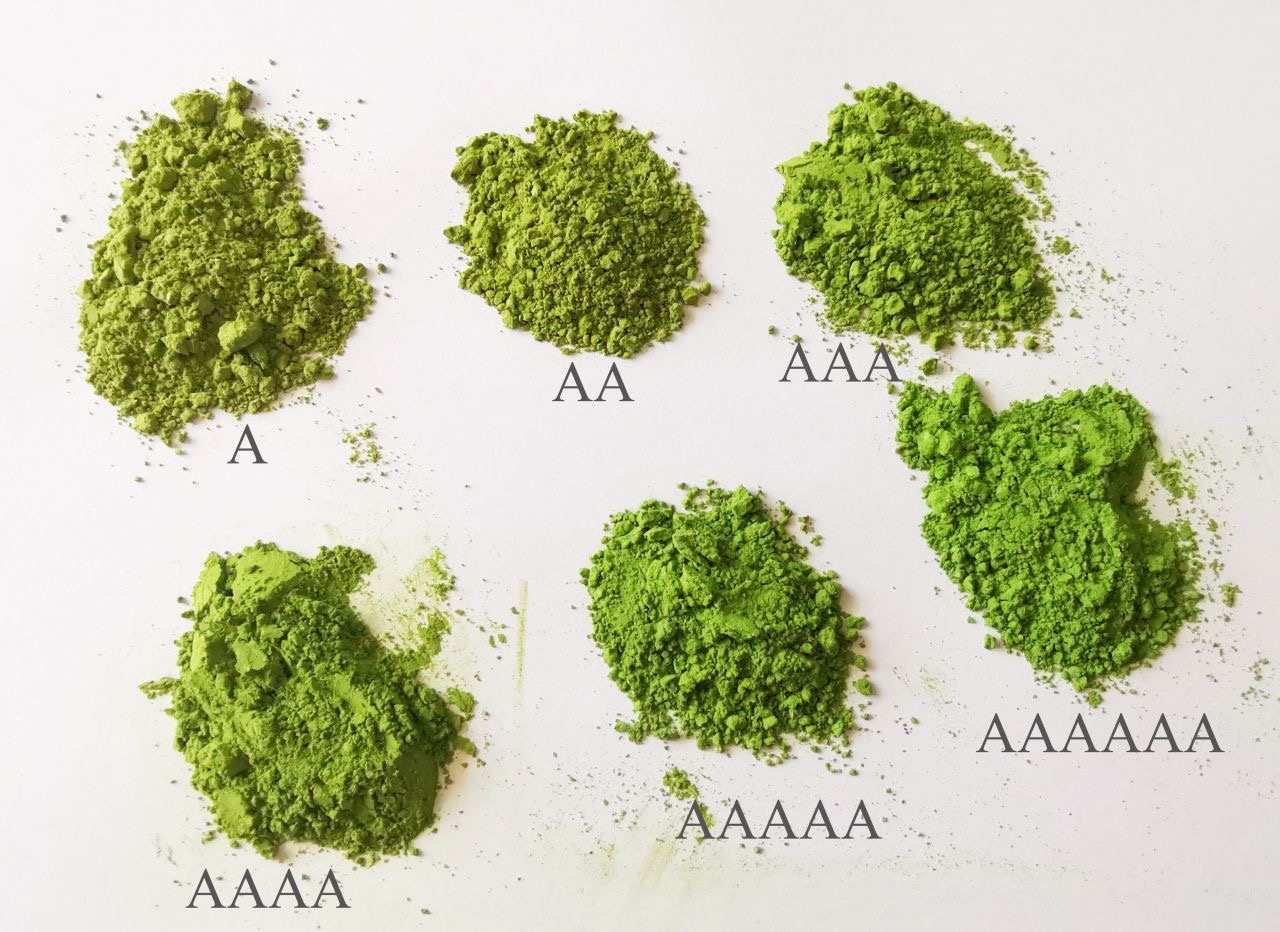Science: 4 Steps to Identify Real and Fake Matcha Tea

Do you really know about matcha ?
Matcha is very high in antioxidants, with an oxidative power index of 1300, 16 times that of blueberries and 7 times that of dark chocolate .
Matcha contains L-Theanine which promotes the secretion of dopamine and serotonin, which puts people in a happy mood, and is also beneficial for improving memory and concentration!
Matcha contains tea polyphenols (EGCG) which is one of the most important elements in the prevention and fight against cancer, and can effectively reduce the chance of cancer. And it also lowers cholesterol levels.
What is the difference between matcha and green tea powder?
1.Different requirements for growing raw materials.
Matcha is processed from the raw material of over-under tea, which requires shading of the tea tree from the sun and heat during the planting process, while ordinary green tea does not have this requirement.
2.Different processing techniques.
High-quality matcha tea using stone mill grinding or modern ultra-micro crushing technology, about 2800-4000 mesh, the top can reach 6000 mesh. Green tea powder is usually ground through mechanical metal grinding, usually 200-1000 mesh, so matcha is much finer than green tea powder grinding.
3.Nutritional differences.
Tea contains catechins, theanine, vitamin A, potassium and calcium, etc. Matcha tea is made from whole tea leaves, and the temperature is lower than that of green tea, so it can retain more nutrients, such as polyphenols, vitamin C and other substances in matcha tea than green tea.
4.Smell difference.
Matcha is not astringent and less bitter, green tea powder is slightly bitter and astringent. Matcha is seaweed, dumpling leaf aroma, green tea powder is grassy.
5.Taste difference.
Tea powder has a sandy feeling in the mouth, while matcha presents a delicate, lubricating feeling.
6.Difference in appearance.
Matcha is dark green or dark green because it is covered with steamed green, while green tea powder.

